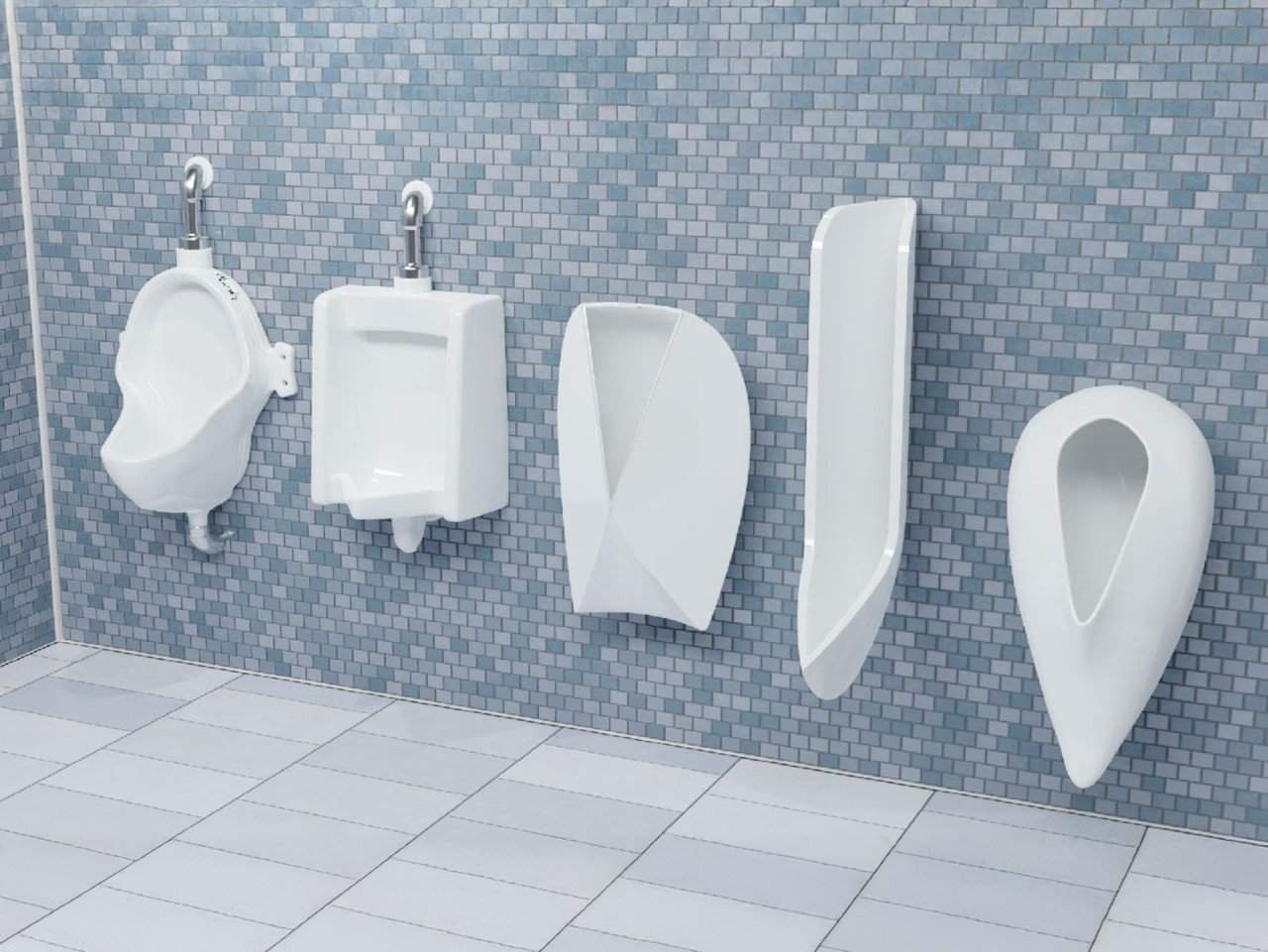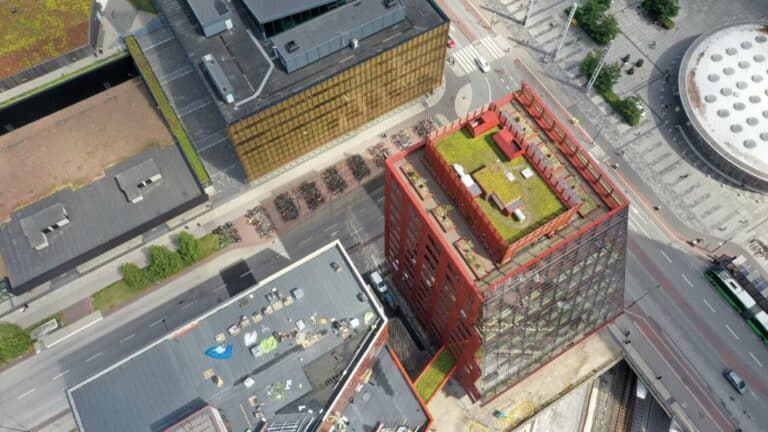Reimagining Toilet Design: A Scientific Analysis of Innovation in Plumbing
While humanity focuses on advancements in fields like nuclear fusion reactor construction and decoding the human genome, another aspect of daily life has been neglected for too long. This aspect is how to make urination a less messy experience. Here, a new technology in the world of plumbing rethinks the traditional toilet design.
The Scientific Challenge: Research Behind a Better Toilet Design
At the University of Waterloo, a group of scientists decided to approach the toilet problem with the same precision used in complex fields like spacecraft design or particle accelerators. It wasn’t just a random estimation of the issue. It was rather a careful study of fluid dynamics. The researchers used a jet of coloured water, launched from a nozzle mimicking the human urethra, and directed it at surfaces set at angles between 0 and 90 degrees.
Scientific Findings: Understanding the Impact of Angles on Splashing
Through their experiments, the scientists made a crucial discovery about how splashing occurs when urinating. The finding was compelling enough that any scientist in the field would agree with it. Angles greater than 30 degrees acted as “splash factories,” where urine splashed uncontrollably. In contrast, angles less than 30 degrees significantly reduced splash dispersion by taming the urine stream.
The New Innovation: Reducing Splashing by 98%
Based on these findings, the “Nautilus” toilet was designed—a new model that efficiently captures urine and guides it through a carefully studied smooth curve. This innovation reduces splash dispersion by up to 98%. However, the innovation wasn’t just in the aesthetic form; it was the result of well-researched scientific work aimed at improving the quality of the user experience. It also maintains cleanliness in public restrooms.
The Importance of Design in Enhancing Daily Life
This study highlights the importance of scientific and research-based thinking in aspects of life that we often take for granted. While innovations in fields like space exploration and genetics may seem more significant, there are other areas to consider. Improving the user experience in everyday matters like toilet use can have a profound impact on our comfort and the preservation of the environment.

Analysis of the “Nautilus” Design: Innovation Redefining the Urination Experience
In today’s world, efforts are focused on great innovations such as nuclear fusion reactors and the interpretation of the human genome. However, there is another equally important aspect: improving quality in daily details. Among these details is the design of the “Nautilus” toilet. It rethinks how we interact with toilets.
Engineering Design: Form Reflecting Effectiveness
Visually, the “Nautilus” stands out with its sleek, innovative design shaped like an intricate ceramic spiral. Instead of the rough, slanted walls seen in traditional toilets, the “Nautilus” adopts a more compact, attractive spiral form. This form resembles a modern sculpture more than a sanitary device. The stream of liquid is directed through a smooth, carefully designed curve, similar to a Formula 1 racetrack, enhancing the efficiency of liquid usage.
Functional Improvement: Results from Precise Testing
However, innovation in the “Nautilus” isn’t just about its form. The design underwent rigorous scientific testing. It simulated scenarios with irregular flows and misdirected streams. Yet, the “Nautilus” managed to capture everything with grace and precision. These studies didn’t focus only on the aesthetic or engineering side but also yielded remarkable practical results. For instance, if this design were used in North America, it could save up to 10 million litres of water daily, contributing to preserving natural resources. It also helps in reducing water wastage.
Tangible Innovation: Counteracting Daily Chaos
While significant challenges like cancer treatment or environmental protection may seem like more important priorities, daily life is filled with small issues that affect our comfort and dignity. One such issue is urine splashing in public restrooms. Though this problem may seem trivial at first, it significantly impacts the quality of daily life in public spaces.
Design Thinking: Its Profound Impact on Daily Life
The core idea behind the “Nautilus” is that no problem is too small to be ignored, and no dignity should be wasted. The design doesn’t just aim to improve the shape of the toilet but also seeks to enhance the environment in which we live. By conserving water and reducing maintenance costs, this innovation can make a significant difference in how we use natural resources. It also helps minimize the impact of harmful chemicals used in restroom cleaning.
Conclusion: Innovation in Daily Details
Perhaps flying cars or robot servants aren’t the most telling signs of societal progress. However, the small changes that occur in our daily lives, like how we use toilets, can be. The “Nautilus” proves that innovative solutions start with simple details. These solutions contribute to improving our quality of life in tangible ways.







